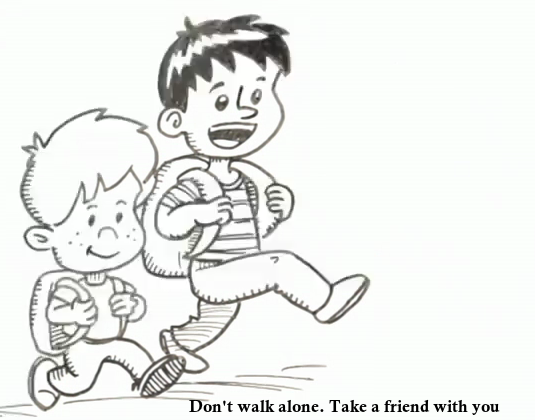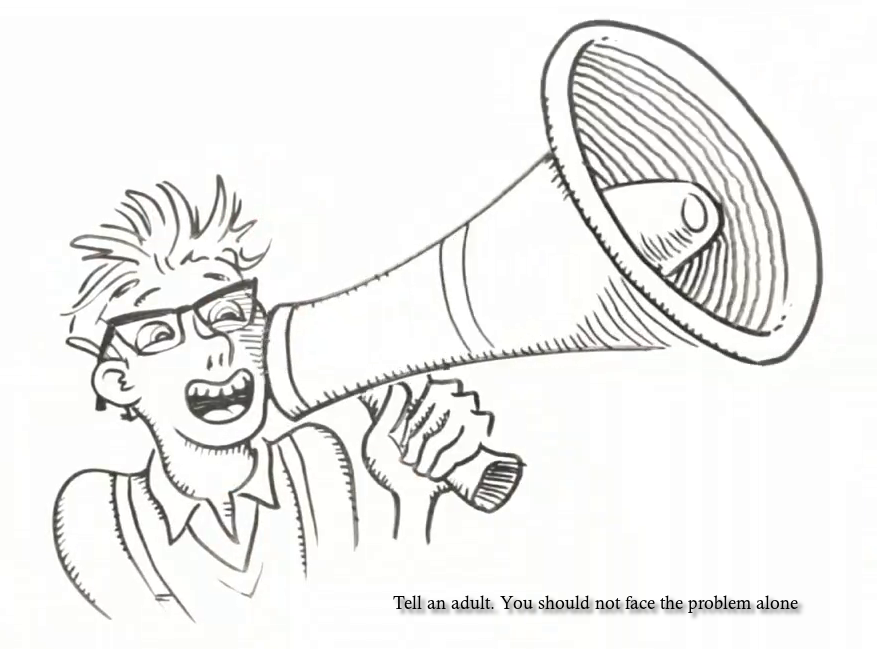contd. from yesterday…….
4. Fat and short people are the only victims of bullying. T/F
5. Nothing can be done about bullying. T/F
In the first part, we addressed the three ideologies most teens have about bullying. In this part, we will respond to the remaining two ideologies above but first choose either true or false then read on.
4. Who is at risk?
Anybody is at risk of bullying, either as a perpetrator or victim or bully/victim. It could be your height (whether you are too short or too tall), your size (fat or thin), your colour, the way you talk, where you’re from, who your family are, your values and believes. It could be anything that is perceived as different that puts you at risk of bullying.
[fusion_builder_container hundred_percent=”yes” overflow=”visible”][fusion_builder_row][fusion_builder_column type=”1_1″ background_position=”left top” background_color=”” border_size=”” border_color=”” border_style=”solid” spacing=”yes” background_image=”” background_repeat=”no-repeat” padding=”” margin_top=”0px” margin_bottom=”0px” class=”” id=”” animation_type=”” animation_speed=”0.3″ animation_direction=”left” hide_on_mobile=”no” center_content=”no” min_height=”none”]
A number of factors can increase the risk for a youth engaging in or experiencing bullying. Some of the factors associated with a higher likelihood of engaging in bullying behavior include:
- Externalizing problems such as defiant and disruptive behavior
- Harsh parenting by caregivers
- Attitudes accepting of violence
Some of the factors associated with a higher likelihood of victimization include:
- Poor peer relationships
- Low self-esteem
- Perceived by peers as different or quiet
The presence or absence of these factors, however does not necessarily mean a person will become at risk of bullying.
5. You can do something: YES YOU CAN! But don’t use your fists. How can you beat a bully without using your fists?
[/fusion_builder_column][fusion_builder_column type=”1_1″ background_position=”left top” background_color=”” border_size=”” border_color=”” border_style=”solid” spacing=”yes” background_image=”” background_repeat=”no-repeat” padding=”” margin_top=”0px” margin_bottom=”0px” class=”” id=”” animation_type=”” animation_speed=”0.3″ animation_direction=”left” hide_on_mobile=”no” center_content=”no” min_height=”none”]
- Use humour to defuse the situation. A bully aims to make you feel bad, try to laugh it off. That way, the bully fails. Don’t take aggressive statements seriously, for when a bully realises that his statements have no effect, they may stop the harassment.
- Be prepared and use mildness. Think before hand about what you want to say and say it mildly. A mild answer turns away rage. A bully least expects a kind reply. This requires self-control but it is a sign of strength. Capitalise on the fact that a calm person isn’t easily thrown off-balance, unlike a bully who is desperate, frustrated and insecure.
- Learn to protect yourself. When you realise that violence might erupt, leave the scene. When you see a calamity before hand, walk or run away. Some people walk right into trouble or stay too long at a scene and then get into trouble. Mind your business and leave. Don’t walk alone; take a friend with you. Avoid places where bullying might happen.

- Tell an adult. You should not face the problem alone. Tell someone. Your parents have the right to know what’s happening. They could give you advice. You can also speak to a school official. Just ensure you tell an adult and that you have to do before it gets too late. Bullying becomes very bad
 when people refuse to say anything about it.
when people refuse to say anything about it.
Please suggest other ways you can beat a bully without using the fists
Click here for the part 1 of this and more
[/fusion_builder_column][/fusion_builder_row][/fusion_builder_container]


